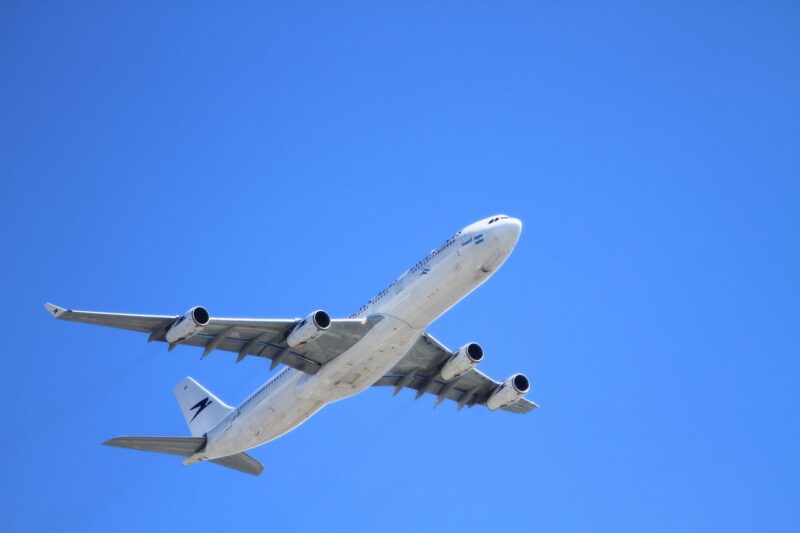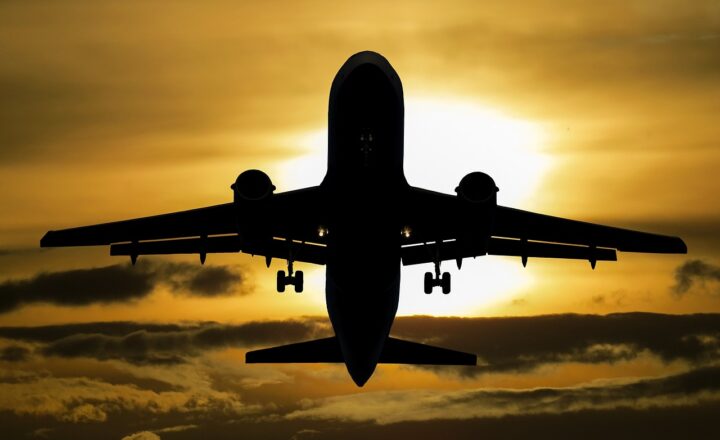A Journey Through the Skies: The Evolution of Air Travel from the Wright Brothers to Today
November 18, 2024

Air travel has transformed the way we connect with the world, allowing us to traverse vast distances in mere hours. This incredible journey began over a century ago, marked by the small but significant flights of the Wright Brothers. But how did air travel evolve from these humble beginnings into the sophisticated aviation industry we know today? In this article, we will explore the milestones, innovations, and cultural impacts that have shaped air travel through the decades.
1. The Wright Brothers: A Flight Into History
On December 17, 1903, Orville and Wilbur Wright achieved a historic milestone with the successful flight of their powered aircraft, the Wright Flyer. This groundbreaking moment marked the dawn of powered flight, igniting the imagination of inventors and dreamers worldwide.
The Wright Brothers combined their engineering skills with a deep understanding of aerodynamics, leading to the construction of a heavier-than-air flying machine. Their first flight covered just 120 feet and lasted 12 seconds, but it was the beginning of a new era. Through trial and error, they optimized their designs, leading to the development of the Wright Flyer II and III, further refining control and stability in flight.
2. The Roaring Twenties: Commercial Aviation Takes Off
As the 1920s roared in, so did the advancement of commercial aviation. With World War I showcasing the potential of military aircraft, investors started to see the promise of air travel for the civilian sector. By 1927, Charles Lindbergh famously flew solo across the Atlantic in the Spirit of St. Louis, capturing the world’s imagination.
Airlines began to emerge, offering passenger services across regions. In 1926, the Air Commerce Act in the United States promoted commercial aviation, paving the way for significant airlines like Pan Am, which launched transatlantic flights in 1939. This era saw the introduction of air mail routes and passenger services, setting the stage for future developments.
3. The Age of Propeller Planes: Connectivity and Growth
The 1930s through the 1950s marked the advent of propeller-driven aircraft, revolutionizing long-distance travel. Air travel became an accessible option for the public, with airlines introducing luxurious features such as onboard meals and comfortable seating.
Aircraft like the Douglas DC-3 became iconic for commercial flights, significantly reducing overall travel times. The period also saw the birth of air traffic control and airport expansions, emphasizing safety in the rapidly growing aviation industry. With the end of World War II, military innovations transitioned into commercial use, leading to faster and larger passenger aircraft.
4. The Jet Age: Speed and Innovation
The 1950s heralded the Jet Age, a transformative era in aviation characterized by the introduction of jet-powered transport aircraft. The Boeing 707 became the first successful commercial jetliner, forever changing public perceptions about air travel. Passengers now expected speed and efficiency, and airlines quickly adapted by increasing the number of flights.
The advent of wide-body jets like the Boeing 747 in the late 1960s further democratized air travel, allowing airlines to accommodate more passengers at lower costs per seat mile. The introduction of turbojets allowed for non-stop intercontinental flights, connecting global destinations in ways previously unimaginable.
5. Deregulation and Low-Cost Carriers: Changing the Landscape
In 1978, the U.S. Airline Deregulation Act lifted many restrictions on routes and fares, allowing airlines to compete freely and lowering ticket prices across the board. This shift led to the emergence of low-cost carriers such as Southwest Airlines, Ryanair, and easyJet – reshaping the entire commercial aviation landscape.
With the rise of budget airlines, air travel became more accessible to the everyday consumer. However, this deregulation also introduced challenges, including fluctuating prices and operational competition, fundamentally altering the airline industry’s dynamics.
6. The 21st Century: Technology and Sustainability
As we entered the 21st century, advancements in technology transformed air travel once again. Now, airlines utilize biometric security checks, mobile boarding passes, and advanced inflight entertainment systems to enhance passenger experience. The emergence of the Internet also revolutionized ticket sales, leading to the rise of online travel agencies like Expedia and Kayak.
Moreover, as environmental concerns rise, the industry is pushed towards sustainable practices. Airlines are exploring biofuels, electric aircraft designs, and carbon offsetting programs to mitigate their environmental impact. The race is on to develop cleaner and more efficient technologies for the future of aviation.
7. The Future of Air Travel
Looking ahead, the aviation industry stands on the precipice of exciting innovations. Concepts like Urban Air Mobility (UAM) are emerging, with companies developing electric Vertical Takeoff and Landing (eVTOL) aircraft. These urban air taxis promise to revolutionize city transportation by reducing congestion and travel times.
As travel habits shift post-pandemic, the industry is rethinking passenger experiences, exploring touchless services and improved health protocols. Technology will remain a pivotal part of air travel, with the integration of AI and automation.
Conclusion: A Journey Still in Flight
From the first powered flight of the Wright Brothers to today’s sophisticated jetliner technology, air travel has undergone a profound evolution, reflecting humanity’s desire to connect and explore. The journey through the skies is an ongoing story, with each advancement shaping our perspectives of distance, culture, and exploration. As we continue to navigate challenges and embrace innovations, one thing is certain: the skies will remain a realm of endless possibilities for generations to come.







